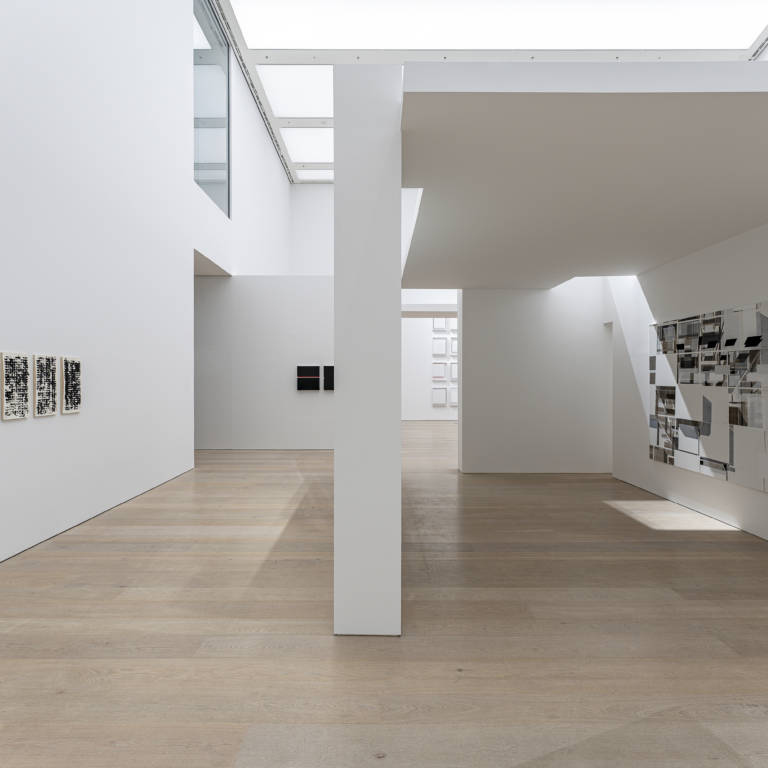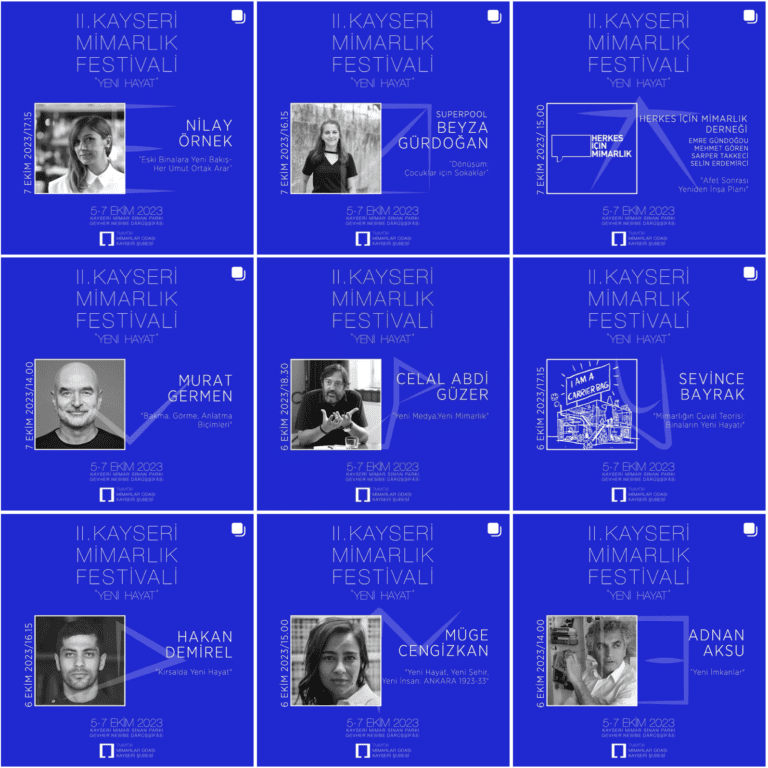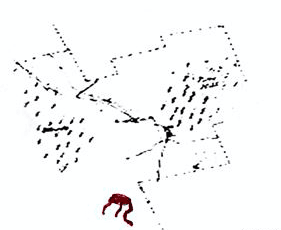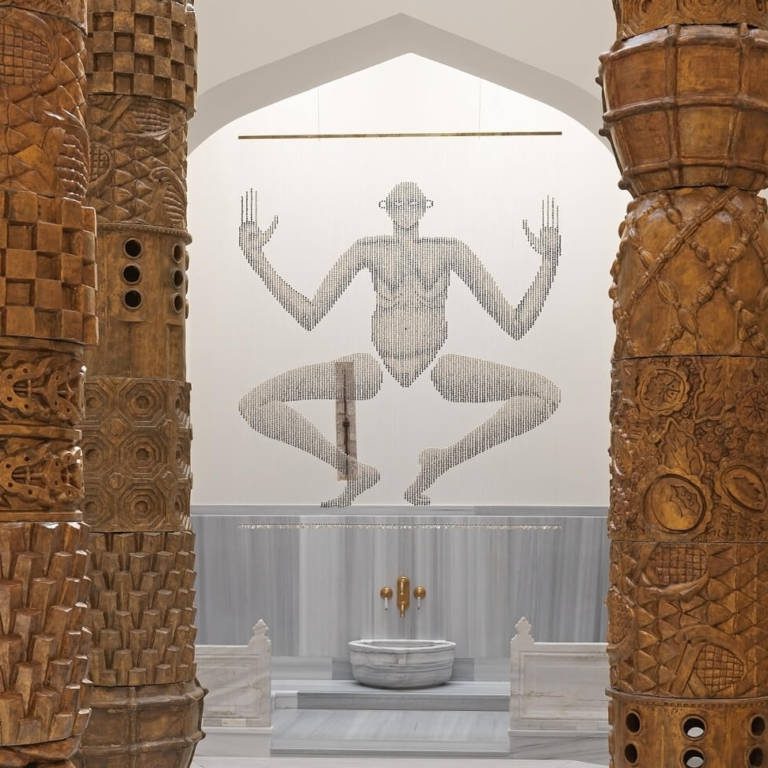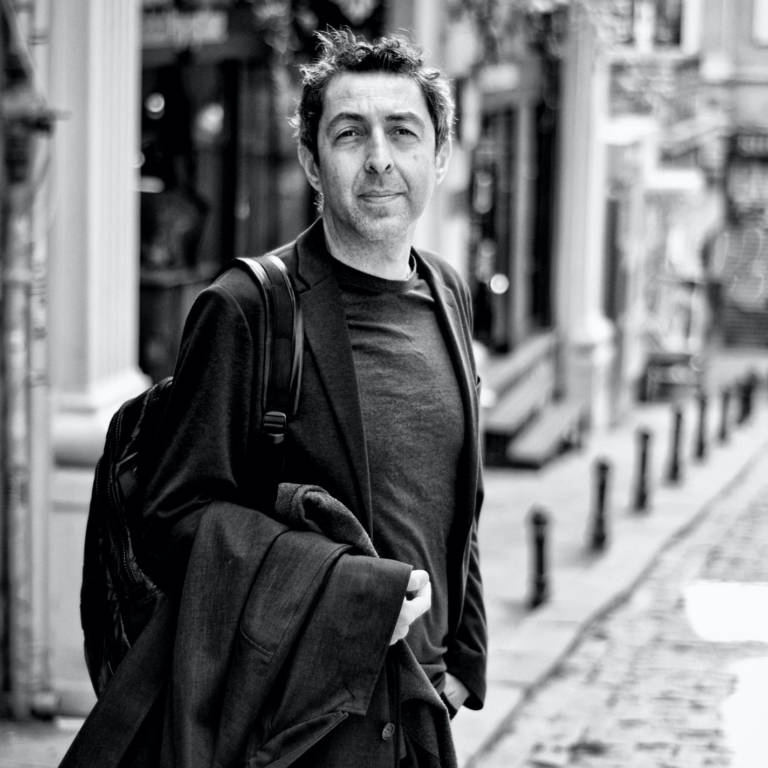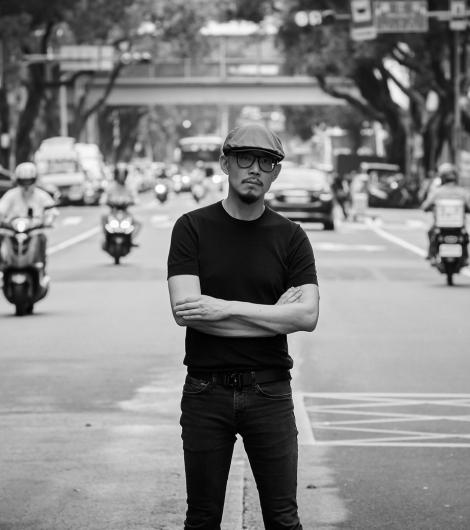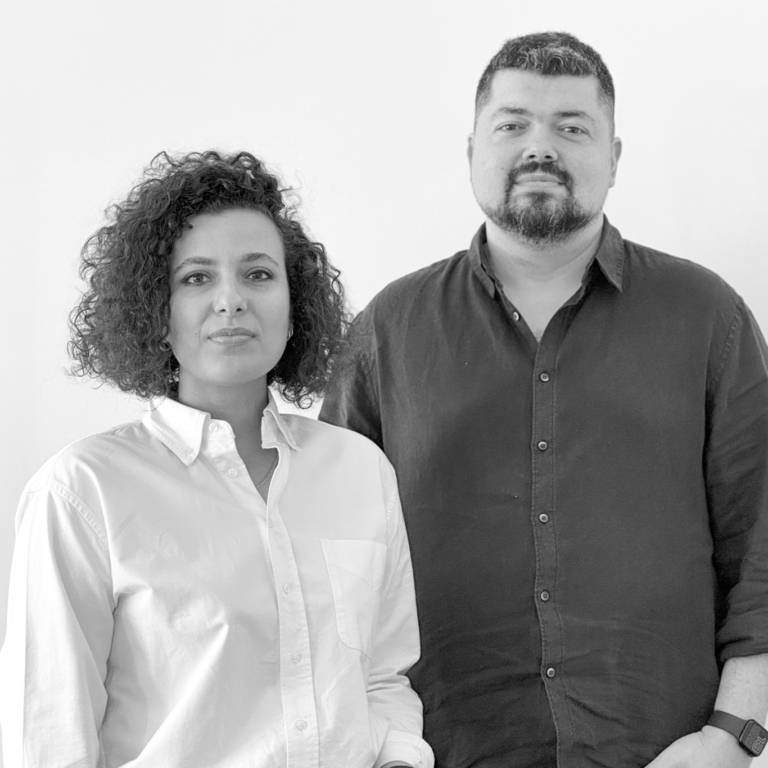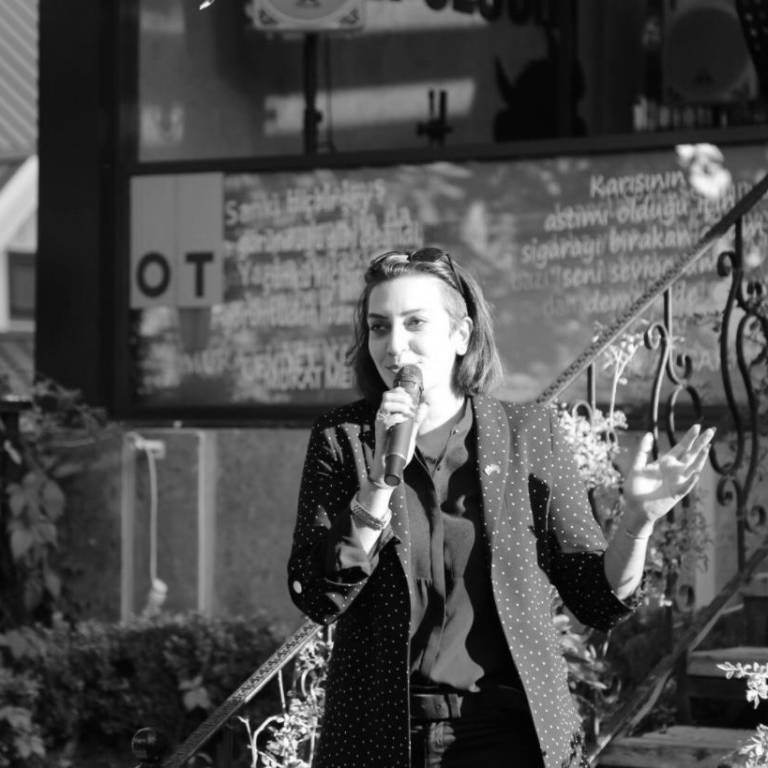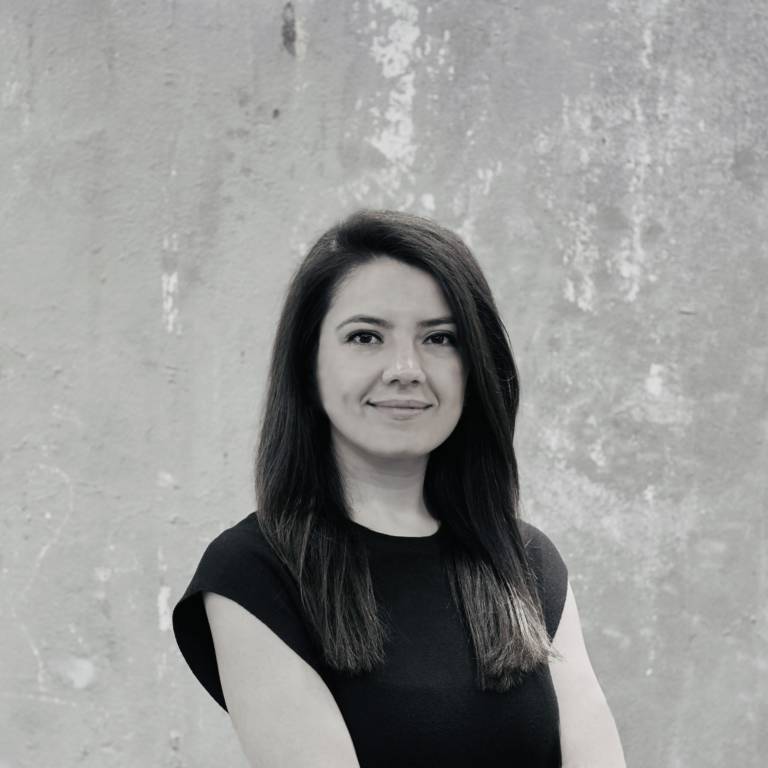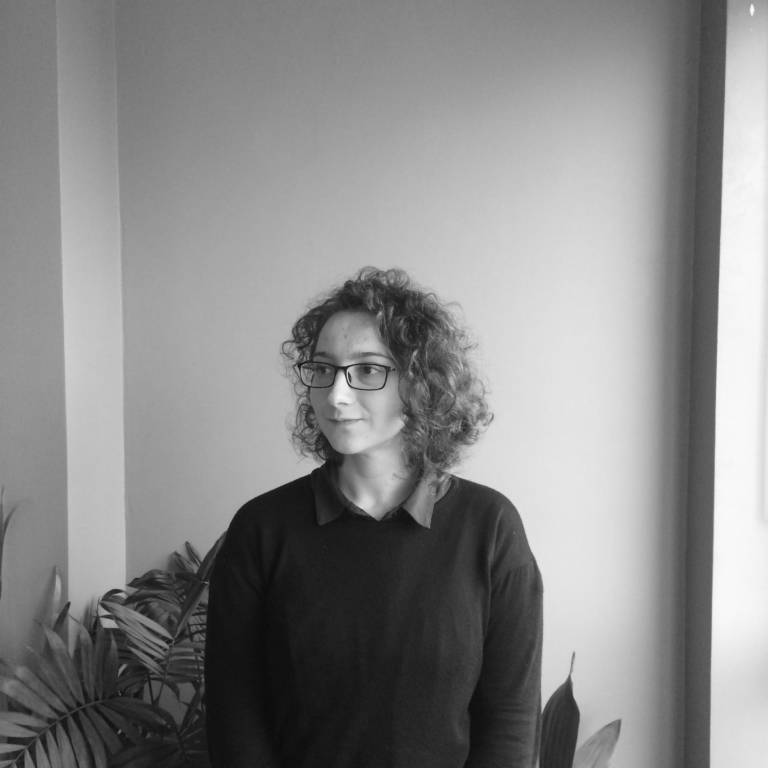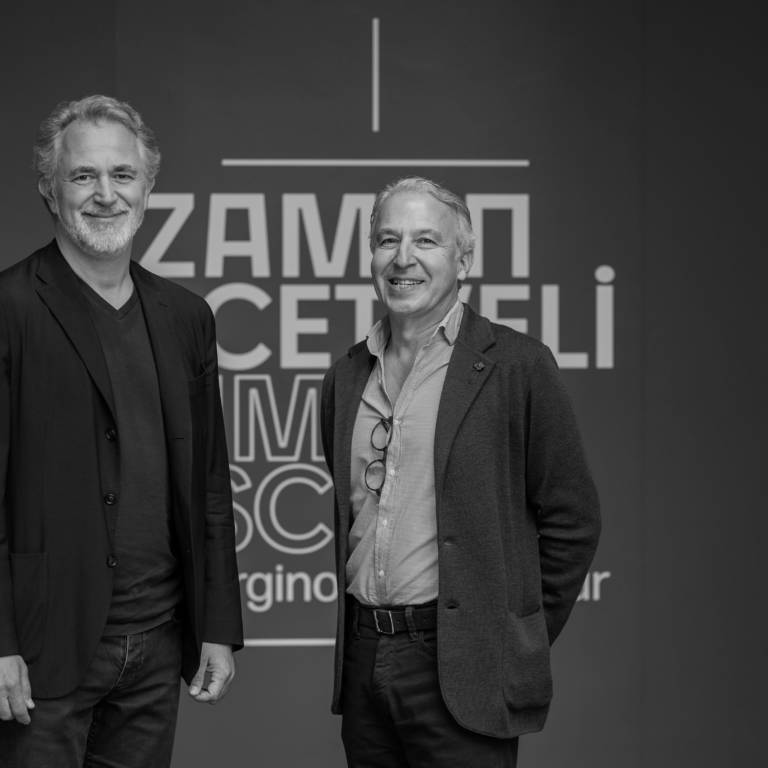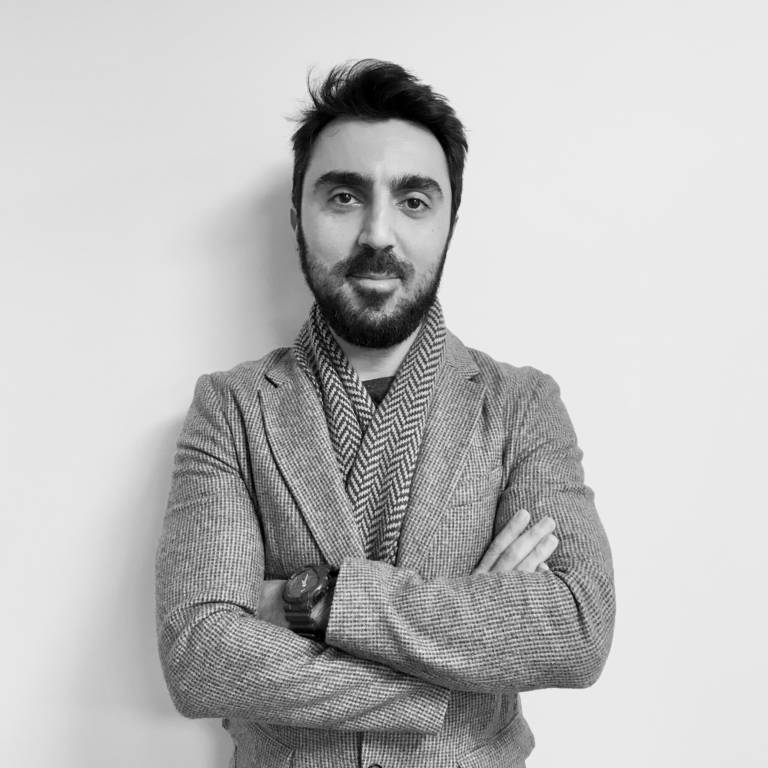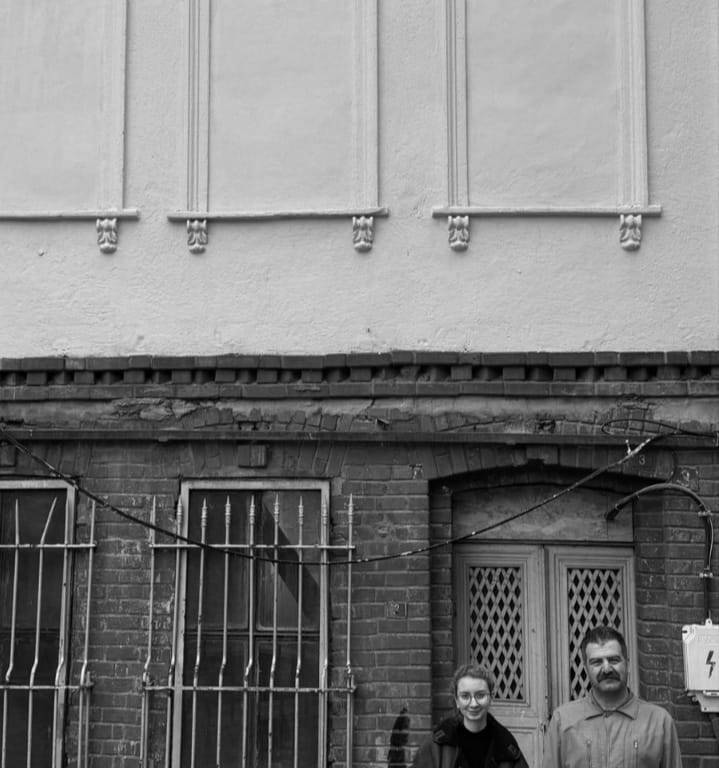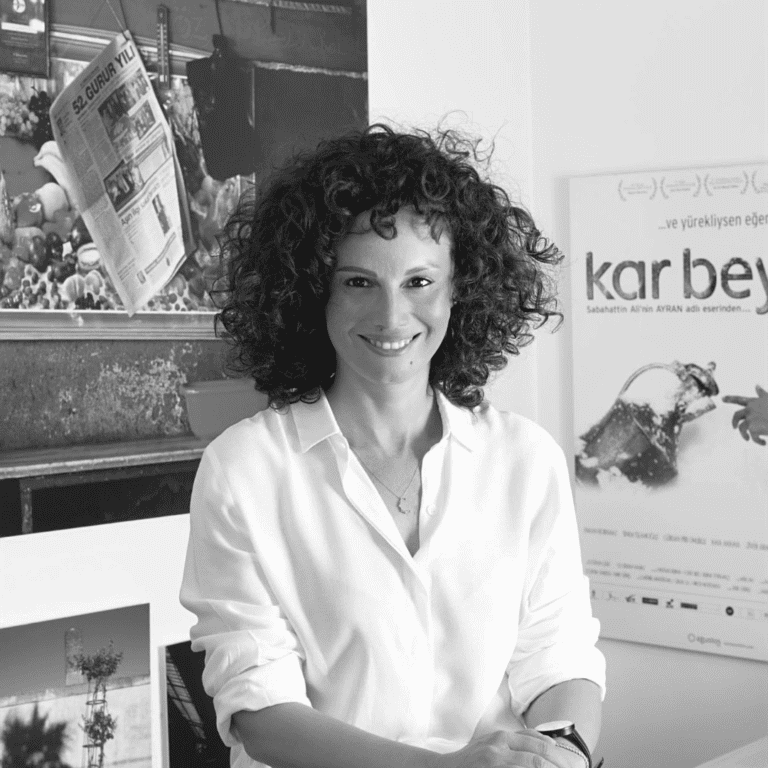ARCHIVE:
Büşra Al
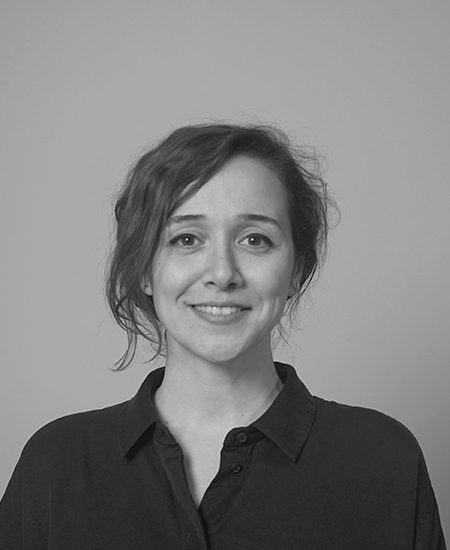
After her graduation from Yıldız Technical University, Faculty of Architecture in 2008 she continued her education at Istanbul Bilgi University – Master Programme of Architectural Design between 2008-2010. Following her post graduation in 2010, she worked in various offices. In 2014 she founded PLUGOFIS.
During her education she attended several competitions including S.O.S.-Akm (1st Prize) and Archprix Turkey (Honorable Mention). Since 2014 she has continued her professional experience with national competitions like Gaziemir Aktepe Emrez Urban Design Project (1st Prize – Equivalent), Adana Sucuzade City Square Urban and Architectural Design Project (1st Prize), Antalya Muratpaşa Multi-Purpose Performing Center Project (2nd Prize), Uzundere Cemevi Project (Honorable Mention), Pamukkale Atatürk Street Transformation Project (3rd Prize), Kadıköy Urban Square (Equivalent Prize ) andHaliç Coastal Regeneration (1stPrize).
She is still practicing architecture at PLUGOFIS.
Linkedin: Büşra Al
Instagram: busraal.o
Twitter: hbusraal
Website: plugofis.com
We can consider October as a beginning month when everyone has returned from their last vacation days to the cities, leading to a surge and diversification of events. With the addition of Architecture Week happening within this month, we have the opportunity to experience a series of events where the city and architecture are intertwined.
The events this month allow us to follow architectural discussions in various cities, transcending the boundaries of Istanbul. In curating this selection, I aimed to create a cohesive whole that encompasses both ongoing and newly opened exhibitions and productions, which indirectly but significantly establish strong spatial connections with architecture.
Nuri Kuzucan’s exhibition “Pasaj” at Arter offers an intense spatial experience through the design of the exhibition space and the powerful use of light and shadow in its content. The works sometimes evoke a part of a city, and at other times, almost resemble a partial view of a building, seamlessly integrating with the exhibition space it inhabits.
The exhibition “Göz Alabildiğine İstanbul: Beş Asırdan Manzaralar” (Istanbul as Far as the Eye Can See: Views across Five Centuries) at Meşher traces the traces of a city we think we know very well, allowing the layers we have missed in everyday life to re-enter our lives. This transforms our minds from the destructive familiarity of knowing too well to that of an eager student ready to explore.
Zeyrek Çinili Hamam (Exhibition: Healing Ruins) makes an otherwise unseen part of Istanbul accessible again, accomplishing this through both the impressive restoration of the venue and an exhibition dedicated to its revival.
Sevinç Altan’s exhibition “Keşiş Yengecinin Evi” (Hermit Crab’s Home) at Galeri Nev, although having the most indirect relationship with architecture, offers an inspiring experience with its ability to create a unique atmosphere and the originality of the relationship between space and objects.
In addition to these four exhibitions in Istanbul, richly attended architecture festivals are being organized in Bursa and Kayseri as part of Architecture Week. Shaped around the themes “What has changed?” and “New Life,” these two festivals invite creatives and urban dwellers to gather around architecture with side events over two days.
Architecture productions become meaningful when they extend beyond their boundaries and can be observed, discussed, and read. Architectures that are not limited to mere construction can interact with various other elements, creating the possibility of a cultural intersection that goes beyond building.
The book “Productions of an Architecture Office Through Words,” which we released in July, is the result of such an effort. We hope to include a discussion with the authors within this series of events in October. Thus, we aspire to broaden the boundaries of the work done and transform it into readable content.
We hope that with this selection, we can chart a common path for different production fields through the lens of “spatiality,” and ensure that this interaction becomes a continuous state that goes beyond just this month.
